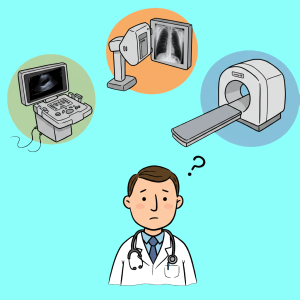Medical imaging has become an indispensable tool in the diagnosis and management of a wide range of medical conditions, particularly in emergency departments (EDs), where rapid decision-making can significantly impact patient outcomes. Advanced imaging modalities, such as computed tomography (CT), provide highly detailed anatomical information, aiding in the detection of critical conditions like strokes, fractures, and internal bleeding. However, the increasing reliance on imaging technologies has also led to their overuse, often in cases where alternative, lower-risk, and more cost-effective methods such as X-rays or ultrasounds could suffice.
The unnecessary use of imaging in EDs presents multiple challenges. Financially, excessive imaging tests place a strain on healthcare systems, contributing to rising medical costs for both institutions and patients. Environmentally, high-energy imaging modalities, particularly CT scans, consume substantial amounts of electricity and generate significant carbon dioxide (COâ‚‚) emissions, adding to the healthcare sector’s overall environmental footprint. From a clinical perspective, repeated exposure to ionizing radiation, especially from CT scans, increases patients’ cumulative radiation doses, which may contribute to long-term health risks, including an elevated likelihood of radiation-induced malignancies.
This study aims to quantify and evaluate the negative impact of unnecessary imaging in emergency departments, focusing on three key areas: economic burden, environmental consequences, and potential health risks. By comparing the COâ‚‚ emissions and costs associated with different imaging modalities, native CT, contrast-enhanced CT, X-ray, and ultrasound, this research highlights the need for more judicious use of radiological investigations. Encouraging adherence to evidence-based imaging guidelines and promoting alternative diagnostic methods when appropriate can help mitigate these issues, leading to a more sustainable and patient-centered approach to medical imaging.
